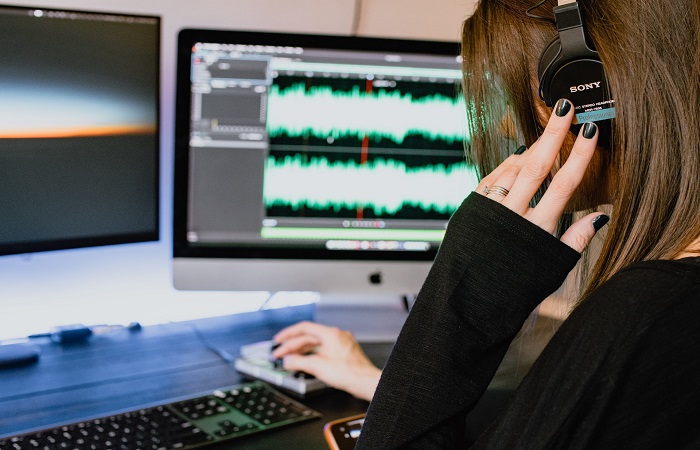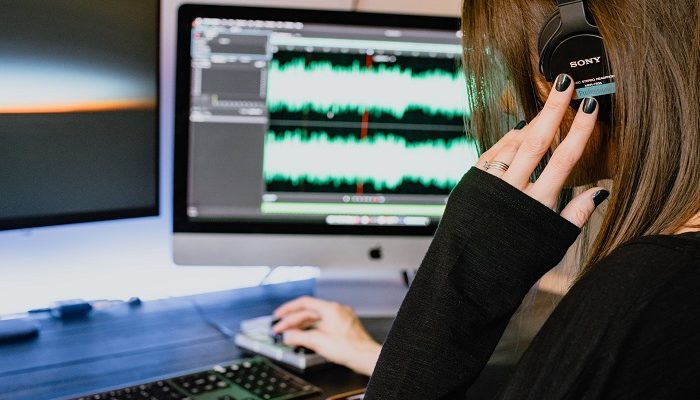
As audio production becomes more advanced, audio ducking is becoming an increasingly important technique for professionals. Audio ducking is the process of reducing the volume of one audio source in favor of another. This technique is often used in radio, television, and film production to ensure that dialogue or narration can be clearly heard over background music or sound effects. In this article, we will provide some tips and tricks for professionals to make the most of advanced audio ducking techniques.
What is Audio Ducking?
The first step in using advanced audio ducking techniques is to understand the basic principles behind the technique. Audio ducking works by reducing the volume of one audio source when another audio source is present. The most common example of audio ducking is when background music is played during a radio or television commercial. As soon as the announcer begins to speak, the volume of the music is reduced so that the announcer’s voice can be heard clearly.
Advanced Audio Ducking Techniques
There are several advanced audio ducking techniques that professionals can use to create more sophisticated and nuanced soundscapes. One of the most popular advanced techniques is sidechain compression. Sidechain compression is a type of dynamic range compression that uses the volume of one audio source to control the volume of another. In this technique, the audio source that is being ducked is sent through a compressor that is triggered by the volume of the other audio source.
Another advanced audio ducking technique is using automation to create more dynamic soundscapes. Automation allows professionals to control the volume of individual audio sources at specific moments in a production. For example, an engineer might use automation to gradually reduce the volume of background music during a dialogue-heavy scene and then increase the volume again during an action sequence.
Tips and Tricks for Professionals
Here are some tips and tricks for professionals to make the most of advanced audio ducking techniques:
Use the right tools: Advanced audio ducking techniques require specialized tools such as sidechain compressors and automation software. Make sure that you have access to the right tools before attempting to use these techniques.
Set the correct thresholds: Thresholds determine the volume level at which audio ducking is triggered. Set your thresholds carefully to ensure that ducking occurs only when it is needed.
Use multiple audio sources: To create a more complex and nuanced soundscape, consider using multiple audio sources for ducking. For example, you might use one audio source to duck the volume of another audio source and then use a third audio source to add additional depth and texture to the overall sound.
Experiment with timing: The timing of audio ducking can have a significant impact on the overall sound of a production. Experiment with different timings to find the perfect balance between different audio sources.
Be subtle: While audio ducking can be a powerful technique, it is important not to overuse it. Be subtle and use audio ducking only when it is necessary to ensure that dialogue or narration can be heard clearly.
Test your mix: Once you have finished using advanced audio ducking techniques, test your mix to ensure that all audio sources can be heard clearly and that the overall sound is balanced and well-mixed.
Conclusion
Advanced audio ducking techniques can help professionals create more sophisticated and nuanced soundscapes in their productions. By understanding the basic principles of audio ducking and using the right tools and techniques, professionals can create dynamic and engaging audio experiences for their audiences. Whether you are working in radio, television, or film production, audio ducking is a powerful tool that can help you take your audio production skills to the next level.

